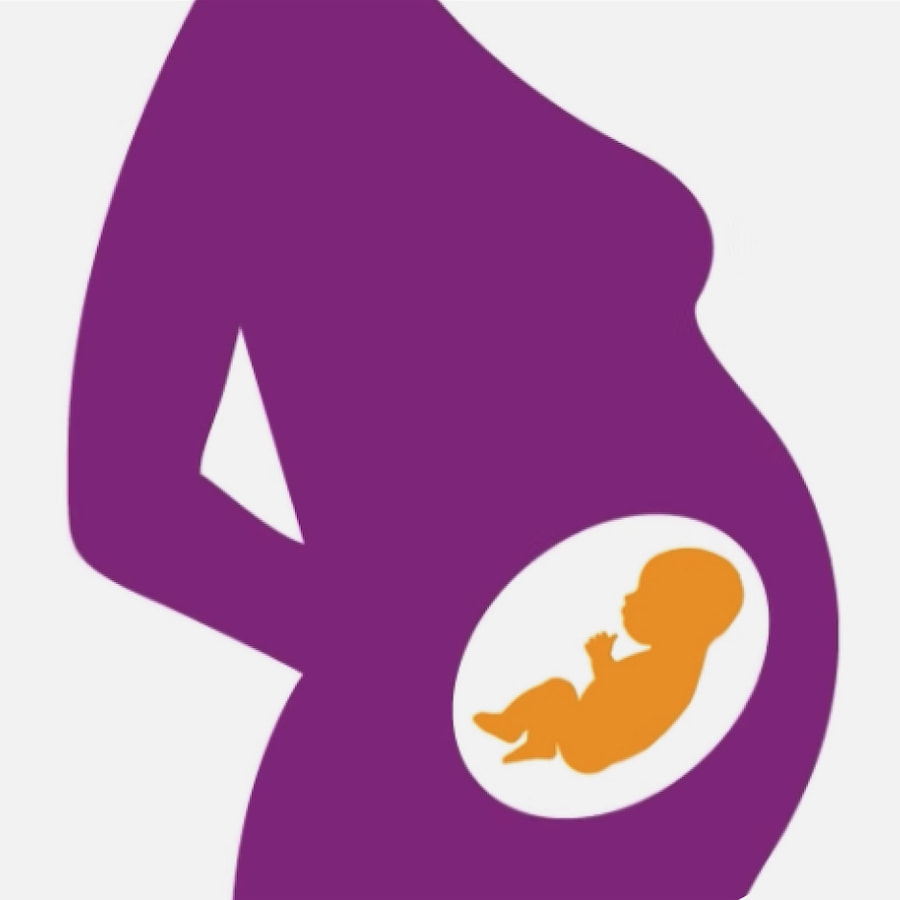Noninvasive Prenatal Testing (NIPT)
Expect the extraordinary
NIPT: Elevating the standard for prenatal screening
Noninvasive
NIPT is a simple blood draw, with little risk to the fetus or the patient
Accurate
Illumina NIPT shows ≥99% sensitivity and specificity for trisomies 13, 18, 211
Early
NIPT can be used as early as 10 weeks gestation2
How does NIPT work?
NIPT can screen for partial duplications and deletions and aneuploidy status for all autosomes, sex chromosome abnormalities, and common chromosomal conditions including trisomy 21, trisomy 18, and trisomy 13. Genome-wide screenings provide partial duplications and deletions for all autosomes and aneuploidy status for all chromosomes.
The NIPT workflow consists of several steps. The complexity of these steps varies widely between tests and the technical approach used. The workflow starts with isolating plasma from the blood draw. Cell-free DNA (cfDNA) is extracted from plasma and prepared for analysis.
Illumina NIPT uses whole-genome next-generation sequencing (NGS) technology. The test analyzes cfDNA fragments across the whole genome, which has advantages over other NIPT methodologies, including targeted sequencing and array-based tests.
When evaluating NIPT technologies, consider data generation and analysis, lab workflow, and resulting clinical implications.

ACOG and SMFM guidelines recommend noninvasive prenatal testing for all
ACOG and SMFM guidelines endorse NIPT for all pregnant patients regardless of age or baseline risk. ACOG’s recommendations positively impact the quality of care for expectant mothers in more ways than one. This kind of unprecedented access will empower more parents to prepare and make informed pregnancy decisions.
Read ArticleComprehensive insights as early as 10 weeks
Bring the confidence of genome-wide or expanded NIPT screening in your lab, delivering the benefits of genomic testing to your patients.
Getting started with NIPT
Learn more about our noninvasive prenatal testing solutions.
Sendout Options
Outsource sample processing to the Illumina CLIA lab when in-house facilities are not available.
Discover Sendout OptionsReferences
- Pertile MD, Flowers N, Vavrek D, et al. Performance of a paired-end sequencing-based noninvasive prenatal screening test in the detection of genome-wide fetal chromosomal anomalies. Clin Chem. 2021;67(9):1210-1219.
- American College of Obstetricians and Gynecologists’ Committee on Practice Bulletins—Obstetrics; Committee on Genetics; Society for Maternal-Fetal Medicine. Screening for Fetal Chromosomal Abnormalities: ACOG Practice Bulletin, Number 226. Am J Obstet Gynecol. 2020 Oct;136(4):e48-e69.
Limitations of the Test
Noninvasive prenatal testing (NIPT) based on cell-free DNA analysis from maternal blood is a screening test; it is not diagnostic. False positive and false negative results do occur. Test results must not be used as the sole basis for diagnosis. Further confirmatory testing is necessary prior to making any irreversible pregnancy decision. A negative result does not eliminate the possibility that the pregnancy has a chromosomal or sub chromosomal abnormality. This test does not screen for polyploidy (eg, triploidy), birth defects such as open neural tube defects, single gene disorders, or other conditions, such as autism. There is a small possibility that the test results might not reflect the chromosomal status of the fetus, but may instead reflect chromosomal changes in the placenta (confined placental mosaicism, CPM) or the mother that may or may not have clinical significance.
